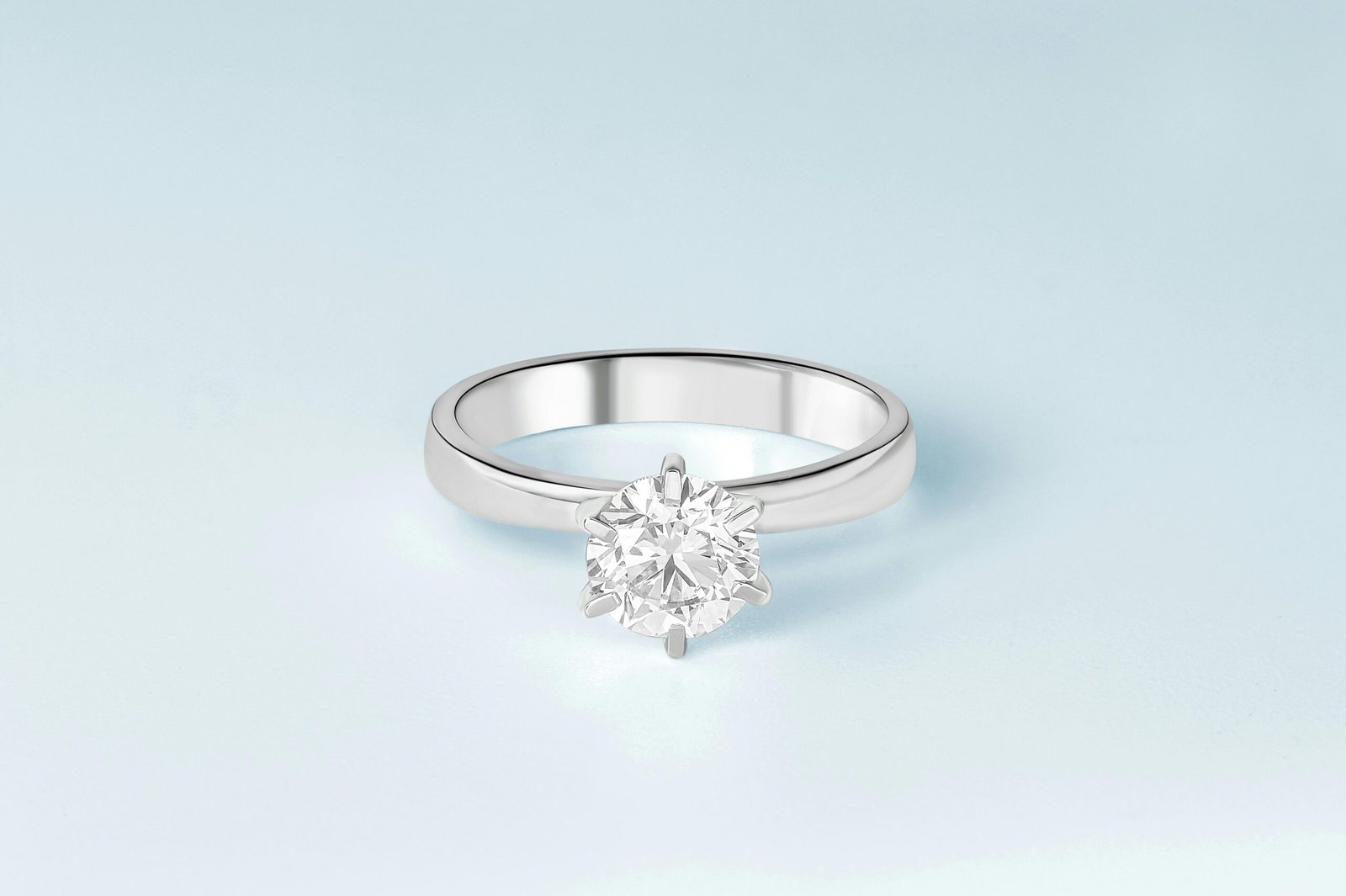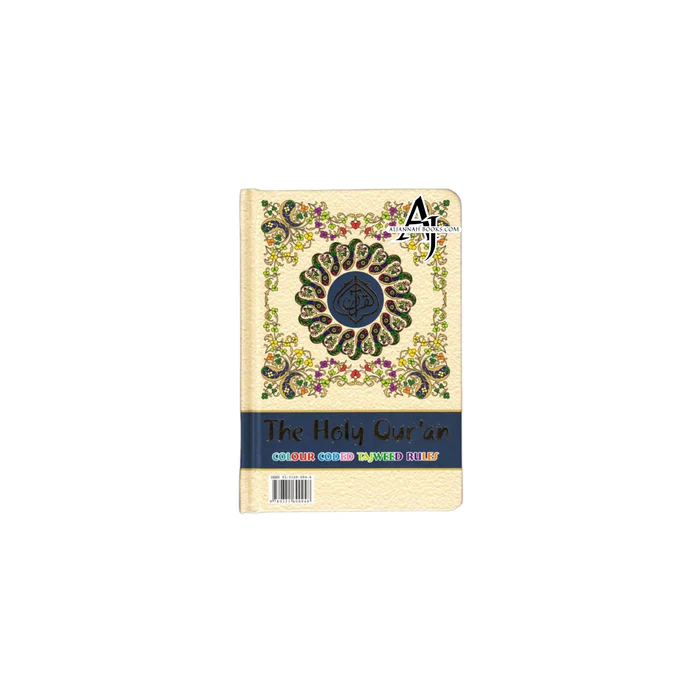Choosing an engagement ring is one of the most significant decisions in a couple’s journey. It’s a symbol of love, commitment, and the beginning of a shared life. However, with so many styles, designs, and details to consider, the process can be overwhelming. Whether you’re planning to surprise your partner or select the ring together, this guide by Carat Diamonds will walk you through everything you need to know to make the right choice.
Understanding the 4Cs: Cut, Color, Clarity and Carat
When it comes to choosing a diamond, understanding the 4Cs — cut, color, clarity, and carat weight — is essential. These characteristics help determine the quality and price of the stone.
The cut of a diamond refers to how well the stone is faceted, polished, and proportioned. It’s arguably the most crucial factor in determining a diamond’s brilliance. Even if a diamond has excellent clarity and color, a poor cut can cause it to look dull. When choosing a diamond, look for those with an “Excellent” or “Very Good” cut rating.
Color refers to the natural tint found in most diamonds. Diamonds are graded on a scale from D (colorless) to Z (light yellow or brown). The less color in the stone, the more valuable it is. However, near-colorless diamonds (graded G-J) can offer excellent value as the difference in color is often invisible to the naked eye.
Clarity measures the presence of internal flaws (inclusions) or external blemishes in the diamond. A diamond with fewer flaws is more valuable. The clarity scale ranges from “Flawless” (no imperfections visible under 10x magnification) to “Included” (flaws are visible to the naked eye). For most people, a diamond with minor inclusions (graded VS1 or VS2) offers the perfect balance between beauty and affordability.
Carat refers to the size of the diamond, measured in weight. Larger diamonds are rarer and thus more expensive, but size isn’t the only factor to consider. A well-cut diamond can appear larger and more brilliant than a poorly cut stone of the same carat weight.
Choosing a Ring Style
The style of the engagement ring is just as important as the diamond itself. It reflects your partner’s personality and sense of style. There are several classic and contemporary designs to consider.
A solitaire ring features a single diamond or gemstone as the center piece, offering a simple yet timeless look. This style is perfect for someone who values elegance and understated beauty, as it allows the stone to take center stage.
A halo ring surrounds the center stone with a circle of smaller diamonds, which enhances the ring’s sparkle and gives the illusion of a larger stone. This design is ideal for those who want extra brilliance and a more glamorous look.
The three-stone ring, or trilogy ring, represents a couple’s past, present, and future together. This style often features a larger central diamond flanked by two smaller stones and is perfect for someone who values symbolism and meaning in their jewelry.
Vintage-style rings draw inspiration from different eras, such as Victorian or Art Deco designs. These rings often feature intricate details like filigree or engraving, making them perfect for someone who loves history and timeless elegance.
For those who love sparkle, a pavé setting features a band encrusted with small diamonds, giving the appearance of a continuous row of gems. This style is perfect for someone who wants maximum brilliance and loves a dazzling ring.
Finally, modern and contemporary rings are characterized by clean lines, geometric shapes, and innovative designs. They’re perfect for someone who appreciates sleek, minimalist designs and might want something a little out of the ordinary.
Metal Choices: Finding the Right Band
Choosing the right metal for the band is just as important as choosing the diamond or gemstone. Each metal has its own characteristics in terms of color, durability, and maintenance.
Platinum is a popular choice for engagement rings because of its durability and hypoallergenic properties. It’s more expensive than gold, but it’s also more resistant to scratching. Platinum’s natural white sheen won’t fade over time, making it a great option for a long-lasting, beautiful ring.
White gold offers a similar appearance to platinum but is more affordable. It’s created by mixing gold with other white metals such as palladium. White gold rings are often plated with rhodium to enhance their brightness, though this coating may need to be reapplied over time.
Yellow gold is a classic option that offers a warm, timeless look. It’s made by combining pure gold with other metals like copper and zinc. Yellow gold is available in various purities, such as 14k or 18k, and is a great choice for those who love traditional or vintage styles.
Rose gold, which has a romantic pink hue, is created by mixing gold with copper. This metal has gained popularity in recent years due to its unique color and soft, romantic look. Rose gold is durable and works well with vintage-inspired designs.
Some rings feature mixed metals, combining two or more different metals in one design. For example, a band may combine platinum with rose gold, offering a striking contrast. Mixed metal rings are perfect for someone who wants a unique, versatile design.
Gemstone Options: Beyond Diamonds
While diamonds are the traditional choice for engagement rings, many couples are opting for alternative gemstones that offer unique beauty and personal significance.
Sapphires, particularly blue sapphires, are a durable and stunning alternative to diamonds. They symbolize loyalty and trust, making them a meaningful choice for an engagement ring. Sapphires also come in various colors, including pink, yellow, and green.
Emeralds, known for their rich green color, are another beautiful option. They’re often associated with love and rebirth, making them a symbolic and striking choice. However, emeralds are softer than diamonds and require more care.
Rubies, with their deep red hue, represent passion and love. They’re almost as hard as diamonds, making them a durable option for an engagement ring. Rubies offer a bold, vibrant alternative to traditional diamonds.
Moissanite is a brilliant and affordable alternative to diamonds. It has nearly the same hardness as a diamond and offers exceptional sparkle at a fraction of the price, making it an excellent option for budget-conscious buyers.
Setting a Budget
Setting a realistic budget for an engagement ring is essential. While there’s no hard and fast rule for how much you should spend, it’s important to find a balance between your financial situation and your desires.
Know your financial limits and don’t feel pressured to overspend. Engagement rings come in a wide range of prices, and there’s something beautiful available for every budget. Focus on getting the most important features — such as a well-cut stone and a durable metal — while considering trade-offs like size or clarity.
Consider how the 4Cs affect pricing. For example, you can choose a slightly smaller carat diamond or opt for a near-colorless stone rather than a perfectly colorless one to save money without sacrificing beauty.
If a diamond is outside your budget, consider alternative gemstones like sapphires or moissanite. These stones offer stunning beauty at a more affordable price.
Ring Size: Getting the Perfect Fit
Ensuring that the ring fits your partner’s finger is crucial. If you don’t know their size, there are several ways to find out without spoiling the surprise.
You can borrow one of their rings and take it to a jeweler for sizing. Alternatively, you could trace the inside of the ring on paper and have the jeweler use that to estimate the size.
If neither of these options is possible, consider asking their close friends or family members for help. Many people discuss their ring size with friends or loved ones, especially if they’ve hinted about engagement.
Remember, most rings can be resized, so don’t stress too much if you guess the size wrong. However, it’s always best to get as close to the correct size as possible to avoid multiple trips to the jeweler.
Ethical Considerations: Conflict-Free and Eco-Friendly Rings
As more people become aware of the ethical implications of diamond mining, conflict-free and eco-friendly rings are becoming more popular. If ethical sourcing is important to you or your partner, there are several options to consider.
Look for diamonds that are certified conflict-free, meaning they were sourced in ways that don’t fund violence or exploitation. The Kimberley Process is one such certification that ensures a diamond’s ethical origins.
Lab-grown diamonds are another great option. These diamonds are created in a controlled environment and are chemically identical to natural diamonds. They offer the same beauty and durability but come at a lower price and without the environmental or ethical concerns associated with traditional diamond mining.
You can also choose rings made from recycled metals, which reduce the environmental impact of mining. Many jewelers now offer engagement rings crafted from recycled gold, platinum, or silver.
Personalizing the Ring
To make the engagement ring even more special, consider personalizing it with meaningful details. Many jewelers offer custom designs, allowing you to create a one-of-a-kind ring that reflects your partner’s personality and style.
You can also engrave the inside of the band with a special message, date, or symbol. Whether it’s a romantic phrase, a meaningful date, or your initials, engraving adds a personal touch that will make the ring even more cherished.
Shopping Smart: Where to Buy
Where you buy the engagement ring is just as important as the ring itself. There are several purchasing options, each with its pros and cons.
Traditional brick-and-mortar jewelers offer the advantage of being able to see the ring in person and receive expert advice. You can examine the diamonds or gemstones and ensure you’re happy with the ring before making a purchase.
Online retailers offer a broader selection and often better prices, as they don’t have the overhead costs of physical stores. Many online jewelers, such as James Allen or Blue Nile, offer 360-degree views of the stones and have excellent customer



